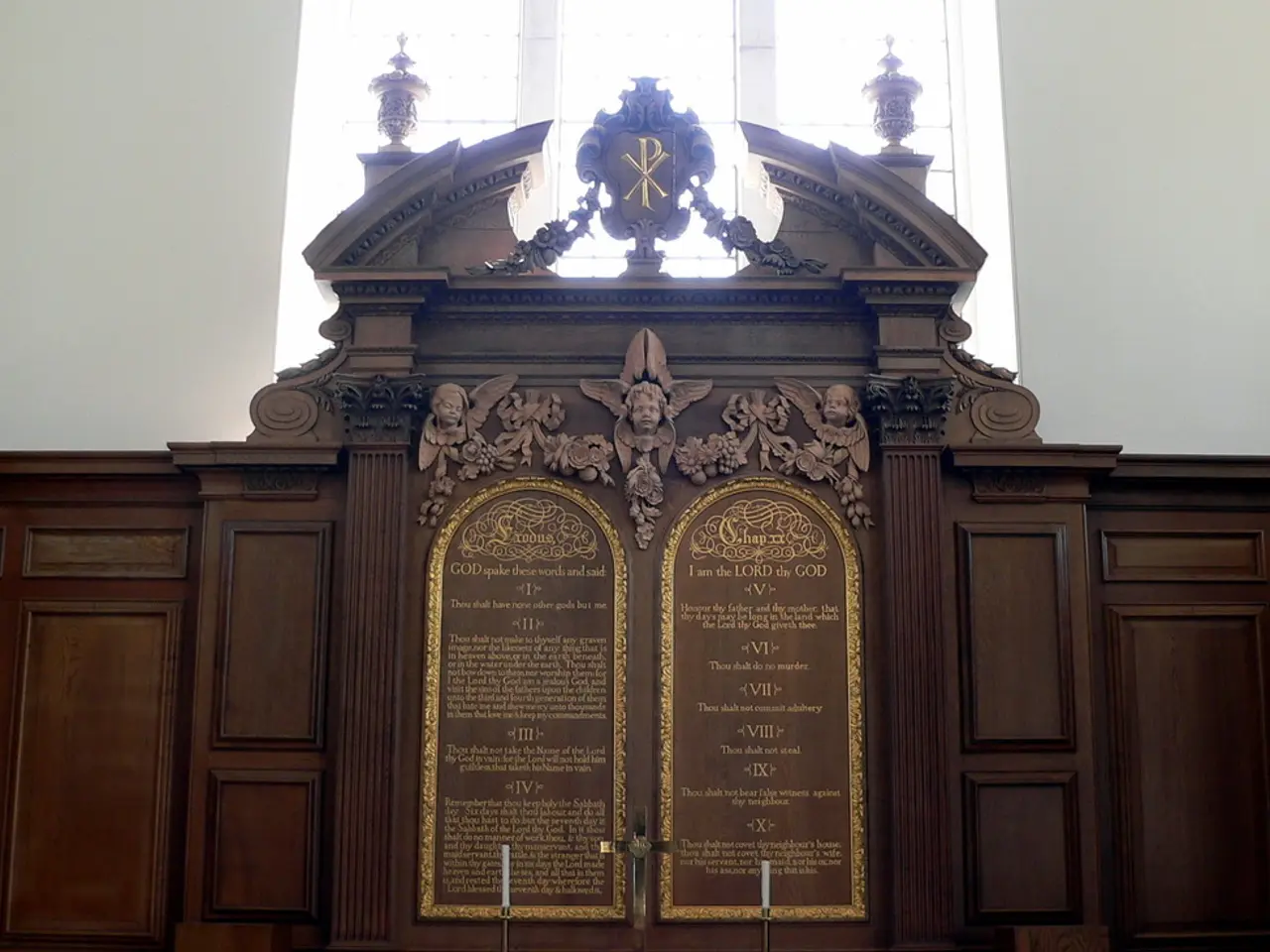Prehistoric Discovery: Uncovered Sperm Whale Tooth from Iberia Enlightens Ancient Rituals' Secrets
In a significant archaeological find, a sperm whale tooth has been discovered at the Copper Age site of Valencina de la Concepción in Spain. This 13.2 cm tooth, belonging to an old specimen, offers valuable insights into prehistoric Iberian cultures and their relationship with marine life.
The tooth, extensively analyzed, has provided clues about the life of the whale from which it came. Its wear patterns and fracture indicate that it belonged to an old specimen at the time of its death. Furthermore, tooth marks on its surface suggest it was scavenged by marine predators.
The tooth's discovery is particularly noteworthy as it is the first-ever sperm whale tooth from the 3rd millennium discovered on the Iberian Peninsula. It was found during an excavation project in 2018 as part of a new municipal library construction. The tooth became encrusted with marine organisms such as sponges and gastropods, further emphasizing its time spent in the sea.
The sperm whale tooth was likely included in ritual deposits, potentially serving as a token of power or reverence for the marine world. Its presence at a major megalithic site, known for monumental architecture and rich artifact assemblages, underscores its likely role as an emblematic item, perhaps used in rituals linked to status, power, or ancestral worship in prehistoric Iberian culture.
This discovery is the first of its kind from the 3rd millennium BCE on the Iberian Peninsula and only the second in the western Mediterranean, highlighting its rarity and cultural significance. It illustrates the interaction of prehistoric Iberians with marine life indirectly through trade or scavenging of stranded relics and contributes new understanding of the symbolic importance of marine fauna far from coastal areas during the Copper Age.
Dr. Ramírez-Cruzado Aguilar-Galindo suggests that the ancient inhabitants of the Iberian Peninsula might have recognized the tooth as originating from a massive marine animal. This finding indicates that Copper Age communities in Iberia had access to, and valued, exotic marine materials which were incorporated into their cultural practices, reflecting long-distance connections with the marine environment despite Valencina's inland position.
Moreover, there is evidence of possible cultural exchange between ancient Iberian communities and those in neighboring regions, as suggested by the discovery of sperm whale bones in Portugal. This discovery underscores the complex social networks and symbolic systems that existed during the Copper Age, linking prehistoric Iberian terrestrial societies to marine environments.
In summary, the sperm whale tooth from Valencina was a culturally valued exotic object, probably functioning as a ritual or status symbol, linking prehistoric Iberian terrestrial societies to marine environments and underlining complex social networks and symbolic systems during the Copper Age. The tooth is a significant artifact, offering new insights into prehistoric Iberian cultures and their relationship with marine life.
The sperm whale tooth, being a culturally valued exotic object, suggests that Copper Age communities in Iberia had an interest in environmental-science, specifically marine life. Furthermore, the tooth's discovery at the Copper Age site of Valencina de la Concepción highlights the connection between science, health-and-wellness (as whales were a source of food and resources), and fitness-and-exercise (given that acquiring the tooth would have required physical effort).




